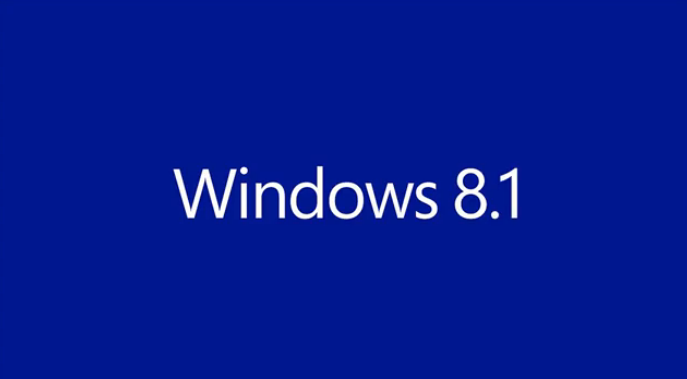Tomorrow, January 10, 2023, Microsoft will end extended support for Windows 8.1. Users are encouraged to upgrade to Windows 10 or Windows 11 as soon as possible to stay protected from the latest security threats.

As you may remember, Windows 7 has an Extended Security Update (ESU) program. For extra fee, companies receive security patches for that OS. However, Microsoft will not be offering an Extended Security Update (ESU) program for Windows 8.1. Continuing to use Windows 8.1 after January 10, 2023 may increase an organization’s exposure to security risks or impact its ability to meet compliance obligations. Tomorrow it will receive its last cumulative update.
Advertisеment
The OS itself won't stop working immediately, but apps and drivers will stop getting updates. So new devices and several websites may stop working for you if you remain on Windows 8.1.
Windows 8.1, despite the return of the Start button that was removed in Windows 8, has not gained the same popularity as Windows 7 or Windows XP. It included two coexisting user interfaces: Metro for touchscreen devices and the classic one. The Start screen with live tiles became a replacement for the Start menu, which many people did not like.
Microsoft points that devices that were sold with Windows 8.1 are aged and were made in 2013. The company recommends getting a new PC or hardware upgrade in addition to installing Windows 10 or Windows 11. The latter is considered a preferable solution, but Windows 10 will be supported until 2025, and has less strict hardware requirements. TPM 2.0 and Secure Boot/UEFI requirements are mandatory for Windows 11 but not for Windows 10.
Finally, it is worth mentioning that the release of paid security updates for Windows 7 through the ESU program is also ending tomorrow. Users of this operating system should upgrade to Windows 10 or Windows 11 as well.
Support us
Winaero greatly relies on your support. You can help the site keep bringing you interesting and useful content and software by using these options:

I bet Microsoft still receive post-EoS critical and out-of-band updates like what they did on Windows XP and Vista (when the time SHA-1 updates were available) if there are critical vulnerabilities. They hate Windows 10 at first release, but they started using it because security purposes, if Linux was not viable for them to run their apps.